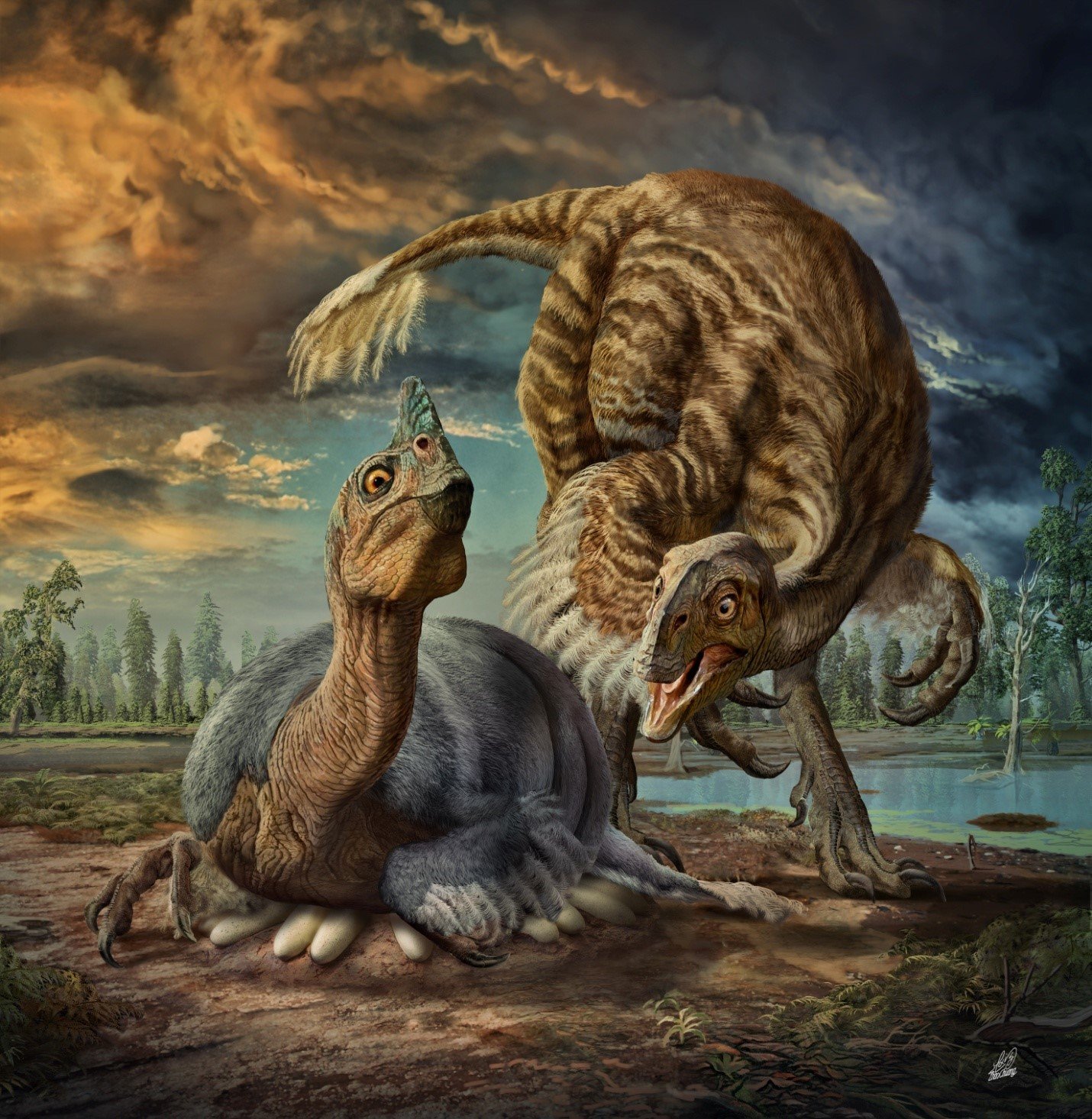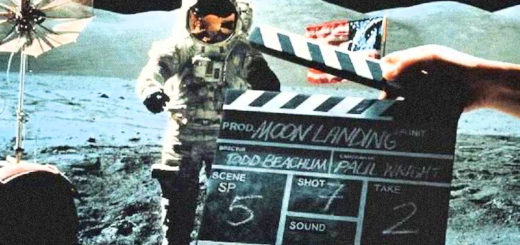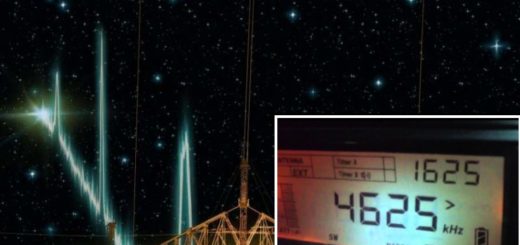‘Baby Louie’ Dinosaur And Its Family: Mystery Of The World’s Largest Dinosaur Eggs – Solved
‘Baby Louie’ – the fossil dinosaur embryo and associated clutch of eggs – were first discovered in the early 1990s, in a rock formation from the western part of China’s Henan Province.
Now, researchers finally give ‘Baby Louie’ a species name and a place in the family tree of dinosaurs. It is also known that its remains are 90 million-year-old.

Darla Zelenitsky, dinosaur paleontologist from the University of Calgary and co-authors identified the ‘Baby Louie’ specimen as the embryo of a new species of oviraptorosaur, ‘Beibeilong sinensis’ (“baby dragon from China”).
The gigantic oviraptorosaur lived in central-eastern China 90 million years ago during the Late Cretaceous period.
The ‘Baby Louie’ fossil was discovered in 1993 in a rock formation from the western part of China’s Henan Province. At that time, tens of thousands of dinosaur eggs were being collected by local farmers, then sold and exported to other countries.
“Although the identity of the dinosaur embryo could not be determined due to its state of preservation, I had recognized that the large eggs in the nest belonged to an oviraptorosaur, based on various characteristics of the eggshell,” Zelenitsky said.
(The first known giant oviraptorosaur, with an estimated body length of eight meters, was unearthed in northern China.)
“This meant that ‘Baby Louie’s parents must have been truly gigantic, far larger than any known oviraptorosaur species at the time.”
‘Baby Louie’ embryo – the only embryo of a giant oviraptorosaur known in the world – would also have grown to gigantic dinosaur.
The giant eggs were name Macroelongatoolithus, which means large elongate stone eggs. They are the largest-known type of dinosaur eggs, with eggs reaching up to 60 centimeters in length (the eggs associated with ‘Baby Louie’ reach about 45 centimeters long) that are laid in ring-shaped clutches two to three meters in diameter and contain two dozen or more eggs.
The same fossil eggs that were found with ‘Baby Louie’ and known as Macroelongatoolithus, have been frequently unearthed at dig sites across Asia and North America, according to Zelenitsky.
However, paleontologists previously didn’t know what types of creature laid them.
“The fact that Macroelongatoolithus eggs are so widespread and common compared to their skeletons suggests that giant oviraptorosaurs were probably a more important part of Cretaceous ecosystems than previously thought, based on the rarity of their bones.”



 Creators of mankind
Creators of mankind Description of “Tall white aliens”
Description of “Tall white aliens” Where they came from?
Where they came from? About hostile civilizations
About hostile civilizations The war for the Earth
The war for the Earth “Tall white aliens” about eternal life
“Tall white aliens” about eternal life Video: “Nordic aliens”
Video: “Nordic aliens” Aliens
Aliens Alien encounters
Alien encounters The aliens base
The aliens base UFO
UFO Technology UFO
Technology UFO Underground civilization
Underground civilization Ancient alien artifacts
Ancient alien artifacts Military and UFO
Military and UFO Mysteries and hypotheses
Mysteries and hypotheses Scientific facts
Scientific facts


















